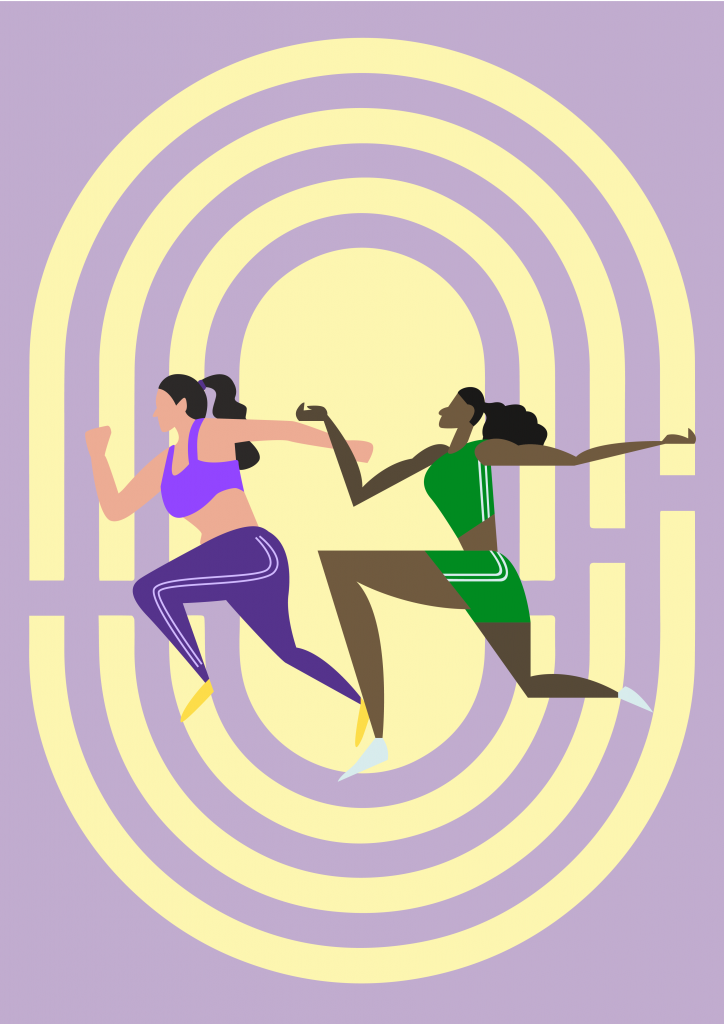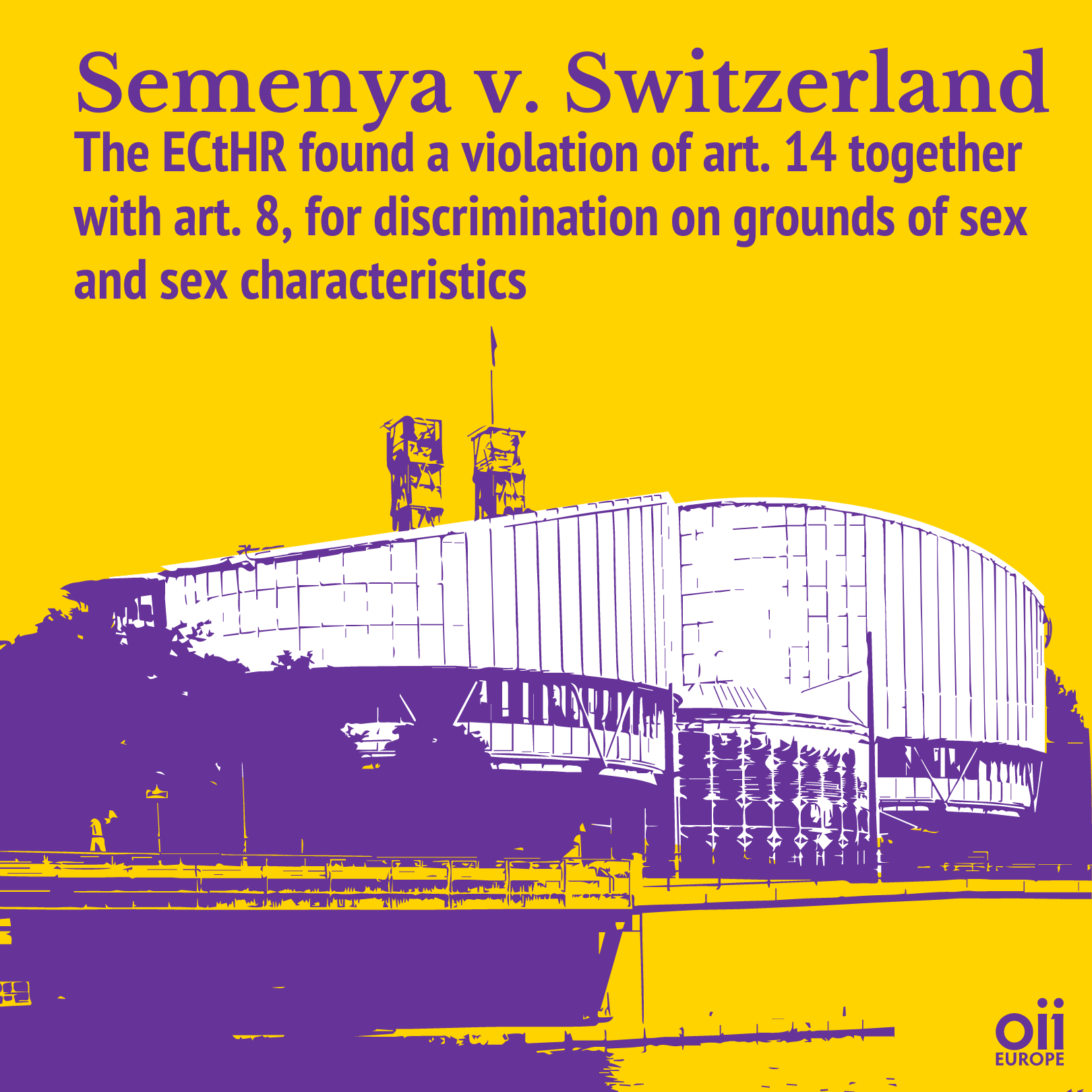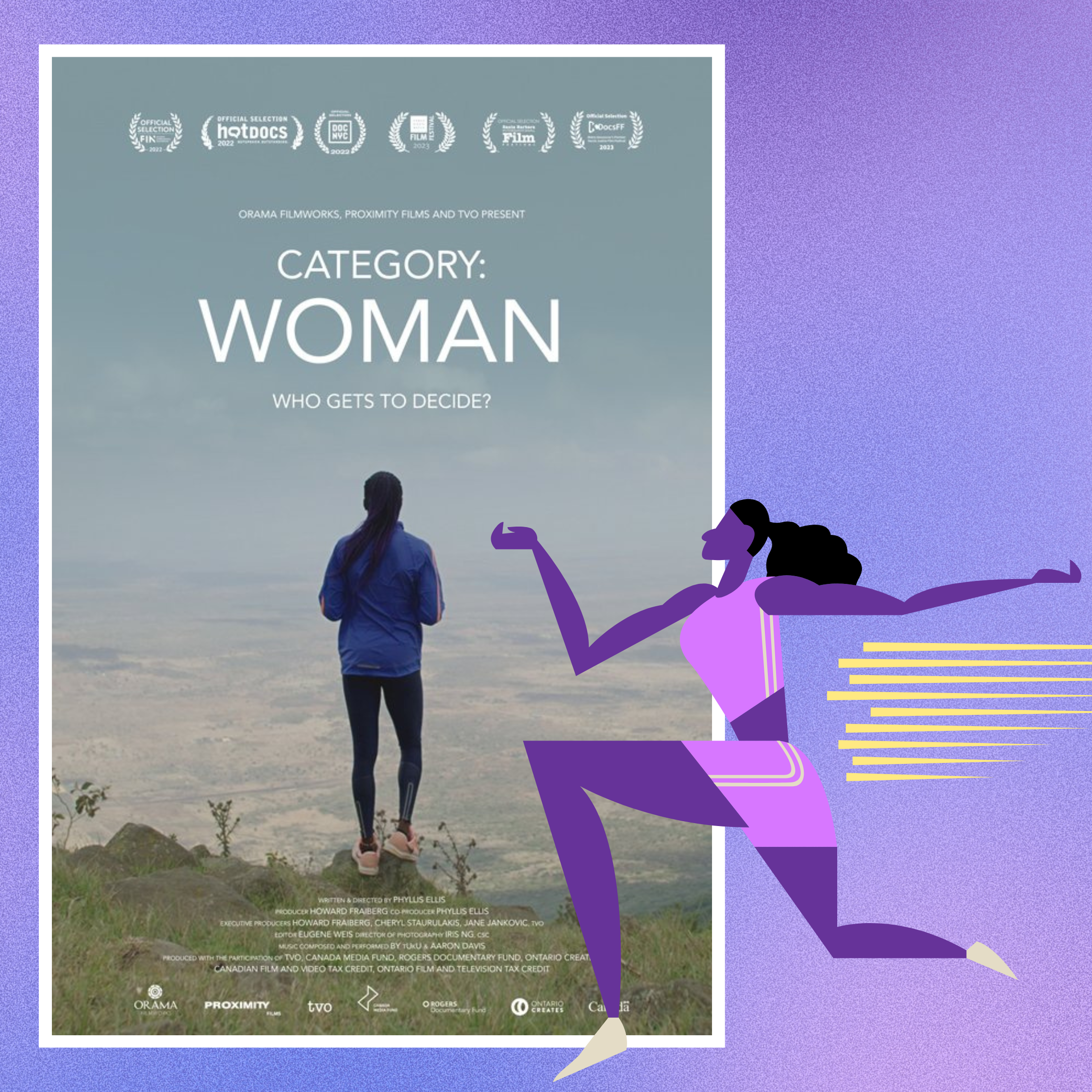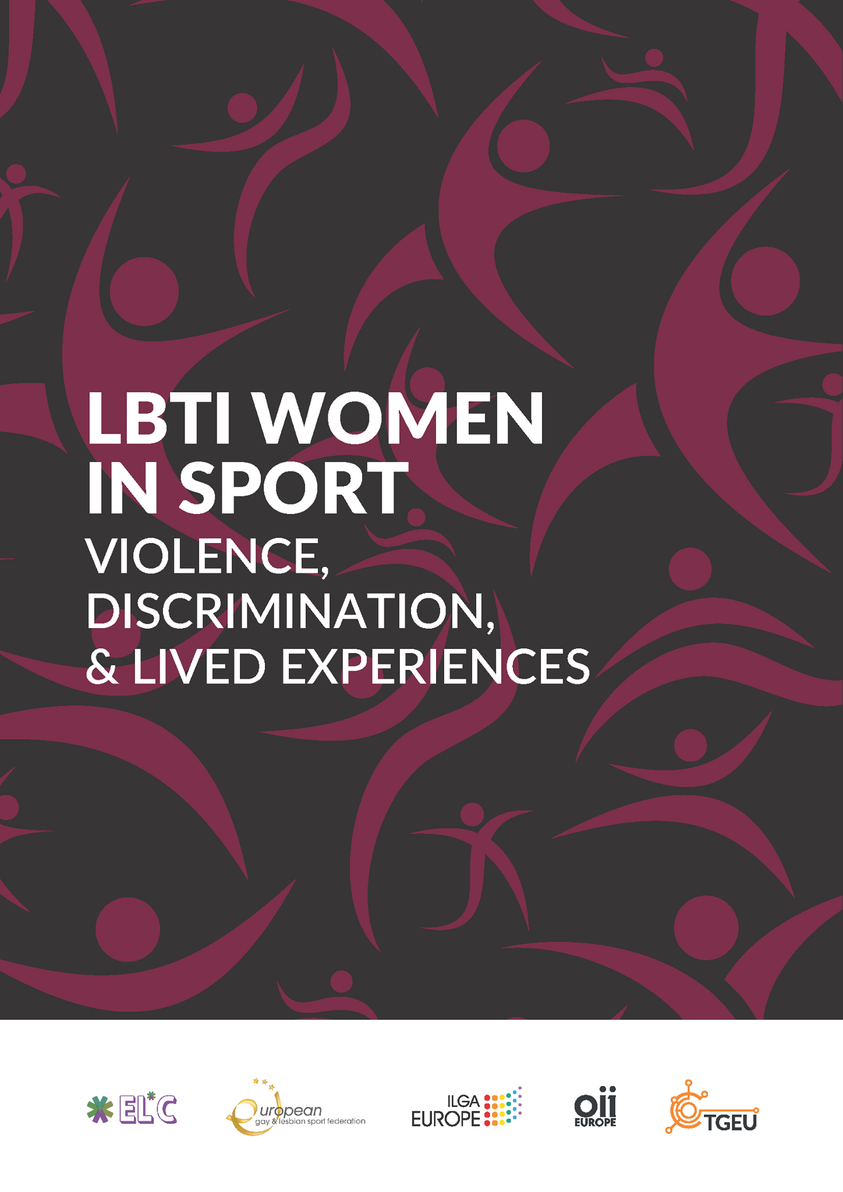Updated: October 10, 2024

On February 25th, 2021 South African athlete Caster Semenya filed an application to the European Court of Human Rights (ECHR)1 to fight for dignity, equality, and the human rights of women in sports. She challenges the demeaning and intrusive regulations implemented by the World Athletics in 2018 that discriminate and prohibit some women, including women born with variations of sex characteristics, to participate in international competitions.
“Sex Testing”
Historically, so-called “sex testing” of atheletes has taken many forms. The International Association of Athletics Federations (IAAF) began doing physical examinations in 1966, and in 1968 the International Olympic Committee began conducting chromosomal tests. The IAAF formally stopped conducting chromosomal testing in 1992, though in 2009 began a practice of hormone testing, which continues today. In each case, testing and verification schemes can be linked with nationalism (i.e. that women athletes from certain world regions were outperforming those from others, and particularly from Europe), racism (i.e. a significant portion of women targeted for these exams, particularly in the 21st century, are Black people or people of color, originating in Africa and Asia), and sexism (i.e. stemming from the belief that it was not possible for women to perform so well, and thus certain athletes must not be women at all).
“Being intersex of itself does not entail better performance, whereas other physical variations that do affect performance […] are not subjected to such scrutiny and restrictions”
Office of the United Nations High Commissioner for Human Rights (OHCHR)
Most recently, April 2018, the IAAF introduced “Eligibility Regulations for Female Classification (Athlete with Differences of Sex Development)”2 for international events, including 400m, hurdles races, 800m, 1500m, one mile races and combined events over the same distances (‘Restricted Events’). Under these regulations, all intersex women whose testosterone level exceeds 5 nmol/L will be forced to take drugs that supress their natural testosterone level in order to be eligible. However, as the Office of the United Nations High Commissioner for Human Rights (OHCHR) has pointed out, “being intersex of itself does not entail better performance, whereas other physical variations that do affect performance […] are not subjected to such scrutiny and restrictions”.
Intersex individuals are born with variations of sex characteristics (sexual anatomy, reproductive organs, hormonal structure and/or levels and/or chromosomal patterns) that do not fit the typical definition of male or female.
In March 2019, the 2019 UN Human Rights Council resolution on the “Elimination of discrimination against women and girls in sport”3 notes with concern that the IAAF regulation “may not be compatible with international human rights norms and standards” and called upon States to “ensure that sporting associations and bodies implement policies and practices in accordance with international human rights norms and standards, and refrain from developing and enforcing policies and practices that force, coerce or otherwise pressure women and girl athletes into undergoing unnecessary, humiliating and harmful medical procedures in order to participate in women’s events in competitive sports”. Despite these warnings, IAAF revised its guidelines in May 2019 to specifically mandate testing and coerced treatment based on testosterone levels linked to certain intersex variations.
Testosterone
According to sports experts, testosterone is only one of many factors that impacts performance and the naturally occurring differences in humans (e.g. oxygen uptake, capillary density, or the ability to tolerate high levels of lactic acid) that have direct impact on an athlete’s performance in sports competitions. Regardless whether testosterone is to be considered a key performance factor or not, the IAAF regulations might lead to further discrimination of intersex athletes in all areas of sports. In addition, implementation practices of these regulations may include discriminatory practices and the violation of the athletes right to privacy. The possible physical and psychological side-effects of coerced medication need also to be taken into account.
Media scrutiny
In recent years, the issues of athletes with natural variations of sex characteristics (e.g. hormone levels), such as Caster Semenya, Margaret Wambui, Annet Negesa, Francine Niyonsaba, Maximila Imali, Santhi Soundarajan, Pinki Pramanik, Dutee Chand, Pratima Gaonkar, have been brought into focus in international media.
Intersex women athletes are exposed to significant media attention, and insensitive reporting and overall heightened media attention can lead to further pressure and stigma. The media widely-reported the case of Caster Semenya, and she states that the scrutiny of sports associations coupled with media attention have destroyed her “mentally and physically”. In other cases the circumstances had become unbearable, such as with Pratima Gaonkar, who took her own life in 2001 at age 184.
“Since my victory in the female 800 meter event at the Berlin World Championships in August [2009], I have been subjected to unwarranted and invasive scrutiny of the most intimate and private details of my being. Some of the occurrences leading up to and immediately following the Berlin World Championships have infringed on not only my rights as an athlete but also my fundamental and human rights including my rights to dignity and privacy.”
Caster Semenya5
Invasive medical examinations
The prospect of “sex verificiation” testing and to be exposed to invasive medical examinations has a dramatic impact on these and future athletes and their ability and even desire to participate in sport. It is especially important to note that many intersex people are exposed to medical violence in infancy and childhood, being subjected to unconsented surgeries and other medical procedures as well as extensive examinations of their genitals. Simply the prospect of exposure to medicalisation can act as sufficient deterrent for intersex women to participate in sport.
Furthermore, there is a high risk of human rights violations stemming from these discriminatory regulations and practices of sex testing and medicalisation. According to the 2016 report by the UN Special Rapporteur on Health, these policies “have led to women athletes being discriminated against and forced or coerced into ‘treatment’ for hyperandrogenism […] a number of athletes have undergone gonadectomy (removal of reproductive organs) and partial cliteroidectomy (a form of female genital mutilation) in the absence of symptoms or health issues warranting those procedures.”
Footnotes & sources:
1 https://twitter.com/caster800m/status/1364881945759522816
2 “Eligibility Regulations for Female Classification (Athlete with Differences of Sex Development)” – IAAF (PDF)
3 https://undocs.org/A/HRC/RES/40/5
5 https://www.theguardian.com/sport/2010/mar/30/caster-semenya-comeback-statement
Please also see the following publication:
LBTI Women in Sports: violence, discrimination and lived experiences
A coalition of European networks working on LGBTI rights and including ILGA Europe, EL*C, TGEU, OII Europe and EGLSF submitted to the Parliamentary Assembly of the Council of Europe a briefing note on violence and discrimination against LBTI women in sport.
Interview with Hugh Torrance, Co-President of the European Gay & Lesbian Sport Federation (EGLSF)
Listen to the following interview by Urs Vanessa Sager, OII Europe consultant on intersex and sports with Hugh Torrance, Co-President of the European Gay & Lesbian Sport Federation (EGLSF), and Executive Director of LEAP Sports Scotland
Selection of Sport Posts
-

World Athletics decides to mandate sex testing for women athletes
-

World Athletics is paving the way towards complete exclusion of trans and intersex women from sports
-

Call for action! Sign the joint statement that welcomes the report on the right to participate in sports
-

OII Europe strongly condemns the hate speech against two athletes competing in the 2024 Summer Olympics in Paris
-

South Africa: third-party intervention in Semenya v. Switzerland
-

Semenya v. Switzerland
-

Category: Woman – Documentary
-

OII Europe statement on the new IOC framework
-

LBTI Women in Sports: violence, discrimination and lived experiences
-

Intersex and Sports
-

A groundbreaking resolution has been adopted by the UN Human Rights Council on the elimination of discrimination against women and girls in sport.



